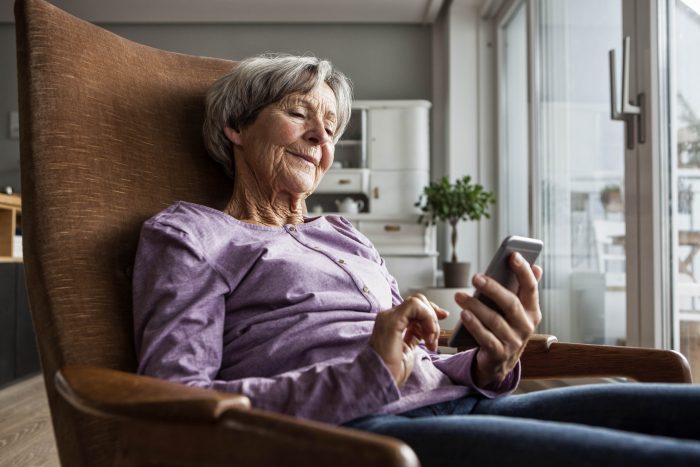Between You and Me: Aging parents should not be ordered by children to move
By Leah S. Dunaief

A woman I know is now a widow. She has two adult children but lives many miles from them. In order to visit her home and her town, which are located in a beautiful part of the country, they are required to take two flights, then drive a couple of hours to reach her.
The relationship she had with her late husband was not so different from many couples: she took care of the shopping and cooking, and he paid the bills and balanced the checking account. They both loved their house and how they lived.
But life for her has taken a turn.
Not only is she now alone, she is approaching 80 and has trouble walking. She manages the aisles of the supermarket with difficulty, and so hasn’t had any fresh produce or other perishables in a month. As a result, she is not eating well. Her son is coming shortly to manage her finances and fix whatever might need repair in the home, but he has to leave his own children and his job to do that. As a result, the number of visits he can make is limited. Her daughter, who lives in a big city and has a demanding job, has yet to come. Another relative, who lives across the country, recently offered several days of help but cannot do that with any regularity.
Unsurprisingly, all are urging her to move closer to one of them.
“I want to stay in my own home!” is her adamant reply. She wants to age in place. The U.S. Centers for Disease Control and Prevention defines aging in place as “the ability to live in one’s own home and community safely, independently and comfortably, regardless of age, income, or ability level.”
She is no different from 90 percent of adults over the age of 65 who say they prefer to stay in their current residence as they age.This is a major issue. Can this woman remain in her home? Can any of us, as we age, plan to remain in our homes?
Some considerations include home preparation. Can she avoid falling? Among the greatest threats to older people is falling, a leading cause of injurious death. That may be prevented by installing grab bars in the shower, railings on the stairs, avoiding loose throw rugs and obstructed pathways. Increased lighting, walk-in bathtubs, sliding shelves, even walk-in showers can greatly aid all of us, whether we are aged or not yet there.
Technology can also be a help. This woman’s son can pay her bills remotely, if appropriate arrangements are made with her bank. He can also order various items she may need over the internet, including food from the local markets. The reaction to COVID-19 is to be thanked for the ease and wide-spread availability of remote purchasing plus delivery. And, with a little patience on the part of the younger generation, she might be taught to use the computer to order for herself.
To help her walking, she might get hiking poles or an electric wheelchair or even an electric scooter to ride to her friends in the neighborhood if she doesn’t want to use a cane or a walker. Some 32 percent of those over age 65 have difficulty walking, so this is not so strange.
Cognitive problems, which she doesn’t have but, according to statistics, 1 out of 5 people over 55 will experience, can be mitigated by some help from local social services. Research by her family would be required. But this presents a more severe need that may involve moving into an assisted living facility in the community.
Older adults should not have to leave the towns and school districts they have paid taxes to help maintain over the years and the familiarity and daily support system that has built up around them during their long residence.
We need to give more attention and planning to this segment of the people. And we need to follow their lead rather than demand they change their lives.







